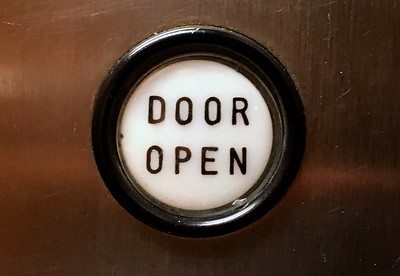Maine’s community colleges have announced that they will give high school students and recent high school grads one free community college course this summer. Students who apply will receive a tuition and fees waiver for a single class. They will need to pay for books and materials.
Maine hopes that students will use the opportunity to re-engage with their college plans, or catch up on missed instruction. Ideally, the state hopes that students will remain enrolled in the fall. Like community colleges in other states, Maine’s two-year colleges suffered from an 8% drop in enrollment during the pandemic. The 2020 decrease follows an enrollment increase in 2019 – the state’s first since 2014.
The state hopes that its offer of one free class will help the system return to its pre-COVID-19 enrollment trends. Most summer classes will be offered in online-only format unless the class has an in-person component.
There’s good reason to offer free community college credits to students who are on the fence about enrolling. Studies have shown that the offer of a single free class can entice new students to enroll. Further, free classes can also bring students who have “stopped-out” back into the classroom and also have a positive effect on graduation rates.
Often, a free class can help students who have fallen behind on their academic goals re-engage. It not only returns them to the classroom, but also brings them closer to their goal of completing a degree or certificate program.
Free community college class is a workable strategy
The lure of free community college is undeniable. Michigan’s own free community college program, Michigan Reconnect, has captured nearly 70,000 applications so far. Combined with Michigan’s other free community college program, Futures for Frontliners, the state may draw 200,000 or more adult learners into one of the state’s 28 community colleges.
Offering a single, free class to high school students and recent high school graduates has a lot of upside. First, it can increase summer enrollment. By itself, putting more students in the classroom – even at no cost – can introduce students to the college and keep them engaged in their learning plans. Providing additional services – like academic counseling – can also help students create an academic plan for themselves.
Second, it can help university-bound students see the community college as a summertime educational resource. Students can continue to make progress toward their four-year degree by transferring summer credits to their universities. If it is a habit they repeat every summer, their subsequent transfer classes will have made the free credits well worth the investment.
Third, it provides an opportunity for students who graduated in 2020 to plug themselves back into the higher education system. Many students who graduated last year neither enrolled in a university nor secured steady employment. Getting these students into the community college environment could help them re-develop their long-term educational and employment goals. Offering one free class is, in effect, holding the door open for this cohort of students. Given what they’ve experienced, it is also the right thing to do.
Photo Credit: Alan Levine , via Flickr






















